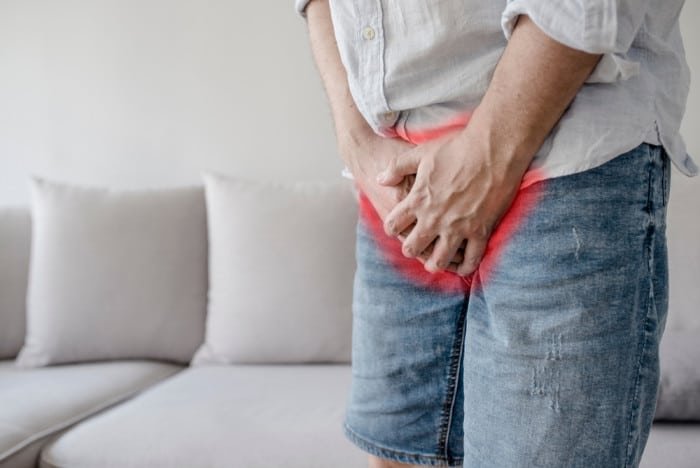Pelvic Pain in Males
It comes as a surprise to many that males have pelvic pain issues. These issues for females have received increased attention recently, but often men have struggled with their pain for months and even years before seeking attention from a pelvic health physiotherapist (1).
Muscle, Nerve and Joint Pain
Men can have pain in the hip and low back pain that they have considered chronic, frequently having tried many types of treatment without much success. Trigger points in the neck are a common cause of neck pain and headache, but the muscles in the deep pelvis are a similar area of tension and can be as persistent and debilitating as severe headaches. Myofascial work internally, together with mobilizing the joints of the pelvis and spine often gives relief. Strengthening of the muscles both inside and outside the pelvis is important to supporting the area. Home exercises speed up the process and can help with ongoing management if symptoms recur.
Nerve Pain
Pudendal neuralgia causes pain that is described as sharp or shooting in the perineum, scrotum, testicles, and penis. Men often report that they feel like there is a golf ball between the anus and scrotum. There can be numbness as well, and symptoms will often vary in intensity through the day. It is usually worse with sitting down or activities that increase pressure in the perineum, like cycling. There may also be pain with sex, or difficulty gaining an erection. Releasing the nerve from tight muscles, gently moving the nerve (flossing), teaching men home exercises, and postural changes usually makes a significant difference.
The obturator nerve has a different pathway and includes the groin and inner thigh, but can improve with a similar approach based on its own anatomy. Injuries occasionally happen during sex for both nerves, even from toys. The mechanism of injury is helpful in making an accurate diagnosis, so clear communication with your clinician is important to receiving accurate treatment.
Tailbone Pain
The muscles that attach to the tailbone can tighten after a fall, other injury, or from poor posture. The tone in these muscles will sometimes refer pain to the low back, a source of chronic low back pain that is often missed. They can compress the large joints in the pelvis, the sacroiliac joints, limiting the normal motions of the pelvis. Walking and standing are usually reported as most painful when the sacroiliac joints are involved. Releasing the local trigger points can improve pain and sitting tolerance, and a set of exercises for home helps the progress along.
Overactive Bladder/Interstitial Cystitis/Chronic Prostatitis
Urgency is the sense that you need to empty the bladder immediately and it can be miserably uncomfortable, limiting sleep and day to day functioning. Depending on the symptoms, this can fall into the categories of overactive bladder (OAB), interstitial cystitis (IC) or chronic prostatitis (CP/CPPS). All of them include frequent urination and urgency. Finding the often multiple factors can be a challenge and needs collaboration between the patient and clinician. Different clinicians may have important skills and expertise to contribute.
Too much or too little fluid, alcohol and caffeine are among the most irritating to the bladder, and so, are usually adjusted or eliminated as a trial first. A bladder diary can be useful in determining which beverages are the problem. Acidic foods can irritate as well so tomatoes, citrus, and pitted fruits are worth trying to eliminate. More exhaustive lists can be found at: https://my.clevelandclinic.org/health/articles/14244-bladder-irritating-foods. Stress, trauma to the pelvis including surgery or radiation, and a history of sexual trauma can also be triggers. Many people have more than one factor contributing to their urgency.
When the bladder and urethra are irritated, working with a pelvic floor physiotherapist can help ease the discomfort and urge by working on the connective tissue in the area. Excess tone in the pelvic muscles can cause symptoms of bladder retention and pain. Pelvic floor muscles will tighten around painful areas, decreasing the ability of the tissues to move, get good blood supply, and clear out fluid. Relaxation exercises for the muscles as well as breathing and stress reduction strategies are helpful home exercises to complement in-clinic work. Patients get relief working with clinicians with practices focused in pelvic health, as is the case at Proactive Pelvic Health Centre (2).
References:
1) A musculoskeletal approach for patients with pudendal neuralgia: a cohort study. BJUI Dorman, P. Coppetiers, M. Oct 2012.
2) Patients with pelvic floor muscle spasm have a superior response to pelvic floor physical therapists at specialized centers. Polackwich AS, Li J, Shoskes DA. J Urol 2015 Oct;194(4):1002-6.


